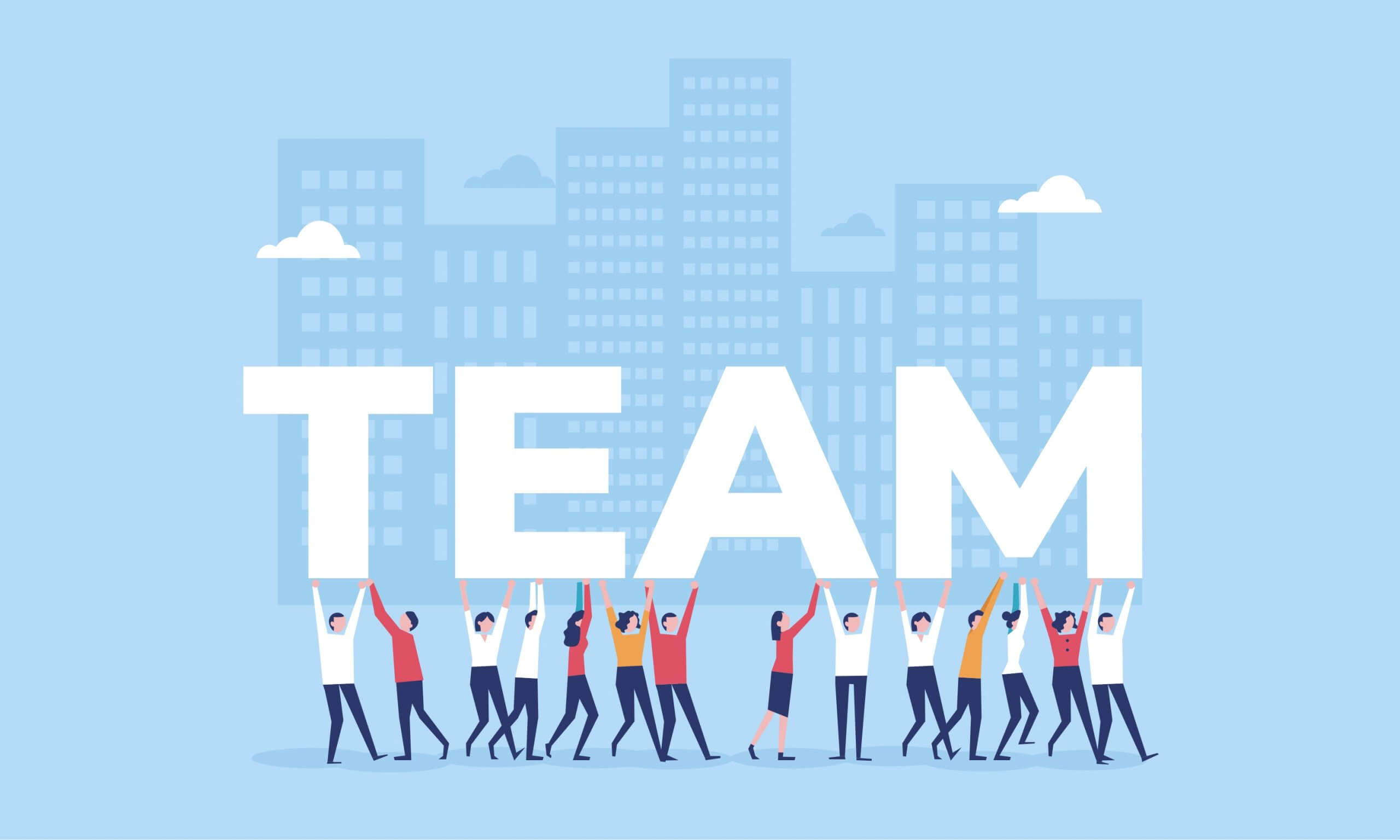What Team Effectiveness Model Will Make a Team Perform Better?

Choosing the best models and approaches for team effectiveness is the issue that product managers and team leaders have been trying to figure out for a long time.
Any model always has its own strengths and weaknesses. Some of them are focused on communication aspects. Some of them focus more on a company’s culture or individuals’ talents.
But first, what is an effective team about?
What is an Effective Team?
Effective teams consist of members who have the skills necessary to accomplish their own and group goals.
It’s crucial for every team member in an effective team to bring their own knowledge and viewpoints to the entire group. They should know everything about open communication, active listening, team collaboration tools, and responding.
All members of effective teams are accountable for achieving goals and are motivated to do well. They trust and support one another.
Why do we need any model for team effectiveness? It can help to figure out which attitude, tools, and strategies to adapt for your own team. Perhaps, it will assist to shed light on what’s working and what’s not in your own team. So, to make the long story short, let’s dive into the details of some of them.

1. Tuckman’s Team and Group Development Model
Bruce Tuckman presented his model in 1965. His team and group development model has formed the basis of many future approaches. It helps managers, business owners, leaders and team members all over the world.
He outlined 4 stages, necessary for teams to develop and grow:
- Forming
- Storming
- Norming
- Performing
Forming
It is about how people get to know each other.
What are their strengths, weaknesses, quirks? What are they working towards and why?
At this stage team members usually avoid conflicts and as want to be accepted into the group.
Storming
At this stage, people begin to feel safer. They push the boundaries and conflicts may appear. Irritations and resentments may erupt and negatively affect the team’s performance.
The aim of the team is to decide how to move forward and solve the challenges and misunderstandings.
Norming
Norming is the stage where the plan comes together. All the team members agree on the plan, timelines and define who should contribute what to the plan. They begin to clearly see others’ strengths and weaknesses.
However, storming can still occur, but in general, the team is beginning to work effectively.
Performing
At this stage, the team is successfully performing. It is stable and the goals are clear.
Everyone develops processes that work for the team and people follow them. They are motivated and competently get the job done.
In 1977 Bruce Tuckman together with Mary Ann Jensen added a fifth stage – Mourning. It is about wrapping up the objectives and the team breaking up. Sometimes it can be as difficult as a real mourning.
It’s time for a good leader to help by working with team members to plan their futures and what comes next.
2. Katzenbach and Smith Model
The authors of the model, Jon Katzenbach and Douglas Smith announced their model in 1993 after having studied teams in different companies and industries.
They defined a team as a small group of people with complementary skills; they are committed to common purposes and approach for which they are mutually accountable.
The basics of the model were combined in the book “The Wisdom of Teams”.
They visualized the model of efficient teams in a triangular diagram. There are three points being the larger deliverables of any team:
- collective products and achievements
- performance results
- individual growth
The sides of the triangle are the factors needed to reach those goals:
- Commitment – teams are committed when they have goals.
- Skills – team members need problem-solving, technical and interpersonal skills to perform.
- Accountability – team members must have mutual accountability to one another as well as individual accountability to one’s own work.
3. The T7 Model of Team Effectiveness
Two years later, in 1995, Robert Eichinger and Michael Lombardo created and described the T7 Model.
The authors tried to get to grips with what factors affect team effectiveness. According to them, there are 7 (five internal and two external) factors. All of them are starting with “T”:
Internal factors
- Thrust – a common goal
- Trust means that your team has your back
- Talent – unique skills to do the job
- Teaming – the ability to act as a team
- Task skills – the ability to execute
External factors
- Team leader fit
- Team support from the organization

4. Lencioni Model
The approach, created by Patrick Lencioni was published in the book “The Five Dysfunctions of a Team” in 2005.
By studying this model, you’ll know about a work team’s effectiveness based on what causes dysfunctions, misunderstanding, and conflicts in a group.
And you want to know your team’s dysfunction, you need to know how to cure it.
According to Lencioni, the dysfunctions are the following:
- Lack of trust. If team members are afraid to ask for assistance, they will not ask teammates. No trust means no comfort level needed for interactions.
- Fear of conflicts. If everyone in the team tries hard to preserve the artificial peace insight of the team, there are no conflicts.
- Lack of commitment. If there is no commitment to the workpeople, then they will not follow through on their decisions.
- Avoidance of accountability. People do not want to hold others accountable for their work.
- Inattention. When individual goals become more important than total team success, no one will be watching results.
The model, provided by Lencioni is visualized as a pyramid: you tackle each dysfunction one by one from the bottom up.
5. LaFasto and Larson Model
This model consists of 5 components that increase the likelihood of effectiveness. The authors of the model,
Frank LaFasto and Carl Larson described it in 2001. The first name of the model was “5 dynamics of teamwork and collaboration”. The enthusiasts gathered insights from investigating 600 teams from different industries. They asked them a simple question: “What is an effective team?”
So, these 5 components or layers are the following:
- Team member. The first step is picking the right person. It’s about a good listener, cooperation, openness, supportiveness and positive personal style.
- Team relationships. Appropriate behavior in a team stimulates healthy relationships between team members. Team relationships are about how to be friendly and reliable, to have good manners and be respectful, to create a harmonious atmosphere, and be helpful to others.
- Problem-solving. How to solve a problem in a team? Healthy relationships allow us to work together and solve problems.
- Team leadership. Strong leadership enhances a total group’s success. How to be a leader? You should develop a sense of responsibility, the ability of management, organization, and communication, to be authoritative.
- Organization environment. What promotes confidence, clarity, and commitment in a team?
6. Hackman “Five Factor Model”
This model of team effectiveness was proposed by J. Richard Hackman in his book “Leading Teams: Setting the Stage for Great Performances” in 2002.
The book defined 5 conditions that increase the probability of team effectiveness. The basement of the author’s studies was connected with the U.S. intelligence community. He confirmed that these conditions promote team effectiveness and capabilities. Here they are:
The research described why some groups were successful. The author identified 3 attributes that such groups possessed:
- satisfy internal and external customers
- develop capabilities to perform in the future
- find meaning and satisfaction within the group
The five factors are:
- Being a real team
- Compelling direction
- Enabling structure
- Supportive context
- Expert coaching
These components need to be defined so that you can see how you can influence the success of your team.
How to choose the best model to implement?
It’s up to you. However, the best option is that will allow teams to function better. It is a mysterious mix of individual perspective, organizational support, and group dynamics.
All of the mentioned models focused on improving overall effectiveness should help you identify specific elements that may be lacking in your own team.




